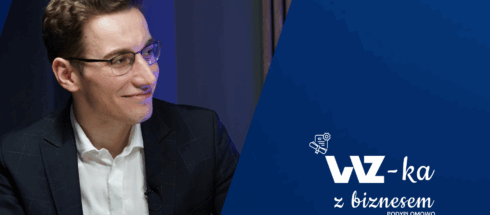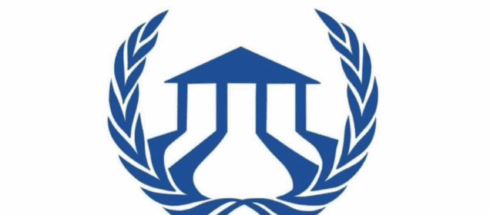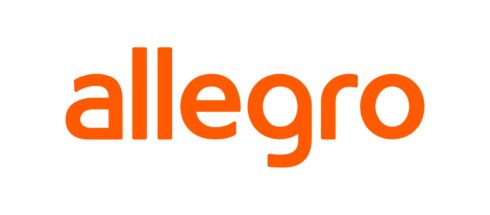🎓The recruitment is in progress!🎓
✅ Modern programs
✅ Hands-on courses
✅ Top-tier faculty
WZ UW is waiting – and you can be part of it too! Admissions are open!

Listen to the latest episode of “WZ-ka with Business”



Management in Practice – How Do University Studies Prepare Students for the Realities of Business?

Allegro has joined the group of partners of the Faculty of Management at the University of Warsaw!

Register now for the 2025 WZ UW Graduation – Form & Details!

Oxford-Style Student Debate Marks the End of the Academic Year in the Part-Time Master’s Program

The University of Warsaw is one of the best universities in Poland, and the Faculty of Management at the University of Warsaw enjoys a reputation both nationally and internationally. The Faculty of Management at UW was established in 1972 and is the oldest institution in Central and Eastern Europe offering management education. It guarantees the highest international quality of education, confirmed by obtaining three prestigious international accreditations: AACSB, AMBA, and EQUIS.
Only 110 universities worldwide, or about 1%, hold the so-called ‘Triple Crown,’ and only one private academy in Poland. With approximately 15,000 business schools globally, we belong to the elite group of international institutions that ensure the highest level of education in the same standard.
For many years, the Faculty of Management at the University of Warsaw has been recognized in the international higher education ranking Eduniversal, which considers criteria such as internationalization of studies, accreditations held, membership in international scientific associations, the activity of staff in research, and the results of voting by rectors and deans of a thousand business schools worldwide. Graduates of the Faculty of Management at the University of Warsaw are highly regarded in the job market and sought after by employers for their knowledge and skills.
The Faculty of Management has received 5 out of 5 ‘palmes of excellence,’ awarded to the best universities and business faculties. This is the highest category, comprising the world’s top business schools with a global reach. The Faculty of Management at the University of Warsaw collaborates with numerous companies and institutions, providing students with the opportunity to gain practical experience and connect with potential employers. Students also have access to numerous student organizations, scientific circles, and international exchange programs, facilitating personal development and acquiring valuable social skills. More…

An Open
University
Community

Cutting-Edge Research and Teaching

Diversity of Perspectives

We develop future leaders, managers
and entrepreneurs for business
and the public sector who understand East and West